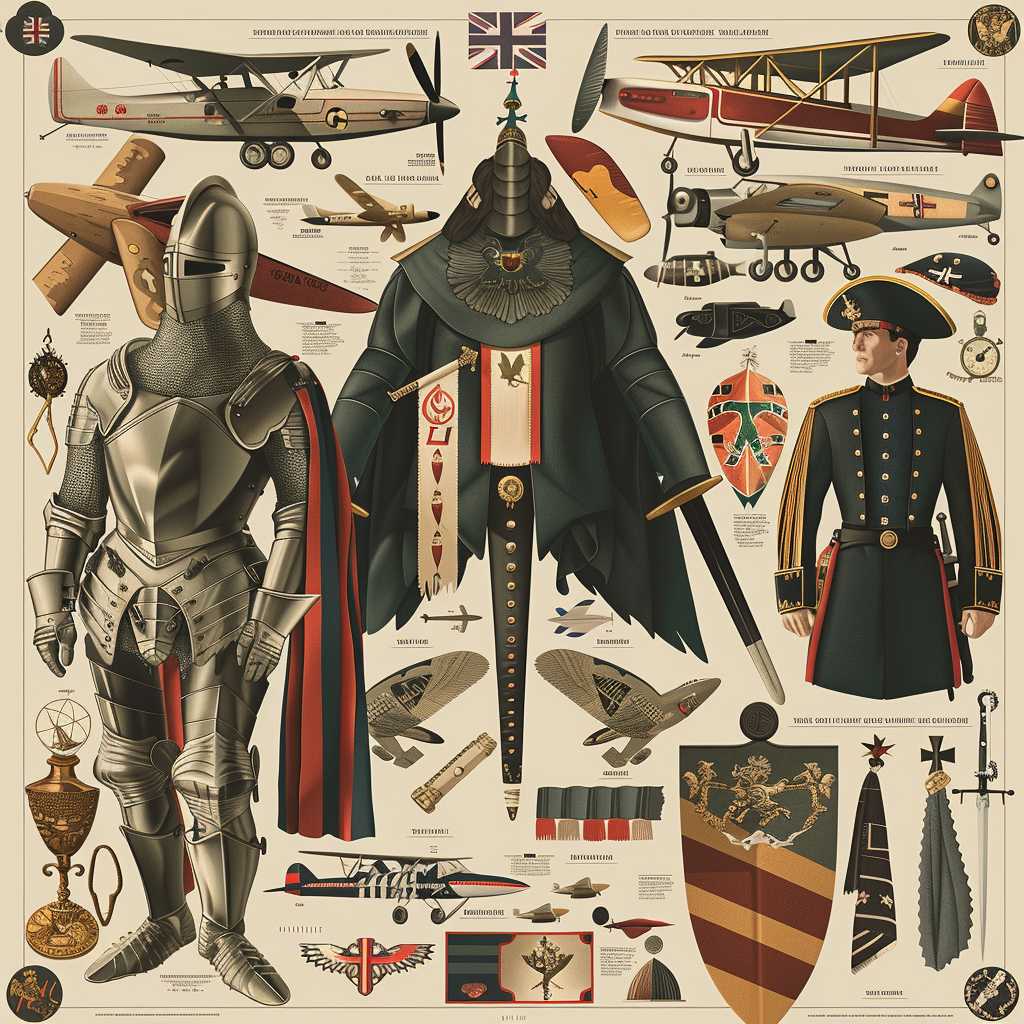The Historical Significance of Livery in Society
The concept of livery originates from historical times when it was used as a means to identify individuals and affiliations, ranging from the servants and retainers of nobles to the guilds and corporations. The term ‘livery’ comes from the French “livrée” implying something that is given or delivered. Historically, livery indicated a uniform system that provided a visual association with a particular household or lord. This practice was not limited to clothing but extended to other items like armor and flags, which bore specific colors, patterns, or badges.
In the medieval period, knights and their retinues would wear distinctive liveries during battle to avoid confusion and establish clear lines of command. Feudal lords would distinguish their servants by dressing them in their respective colors and badges, showcasing wealth and power. The liveried attire granted servants a symbol of protection and allegiance and marked their social rank within the domestic hierarchy. This tradition continued through to early modern eras with some changes in regulations and styles, but always remained a powerful emblem of loyalty and group identity.
Livery in Modern Contexts
While the use of livery has declined since its peak in the feudal systems of Europe, it is still prevalent in certain modern contexts. In the context of transportation, ‘livery vehicle’ stands for a vehicle that is legally authorized to operate as a for-hire car, such as a taxi or limousine. These vehicles often bear specific coloring or branding associated with the service provider.
Corporate branding has evolved as the successor of traditional heraldic livery. Nowadays, employees wear uniforms that symbolize their role within an organization and create a cohesive company image. In public transport networks, trains and buses often sport distinctive colors and emblems denoting different lines or services they belong to.
Moreover, ceremonial livery prevails within certain institutions such as historical societies, city watch guards, or royal households. In London, livery companies, which have their origins in medieval merchant guilds, retain a social and ceremonial function even today.
Horse livery stables present another modern application of the term. They provide owners with services for keeping horses including boarding, feeding, and grooming—underlining how ‘livery’ still retains its connection with the care and presentation of valuable assets.
The Role of Livery in Branding and Corporate Identity
Today’s version of livery goes beyond functional uniforms or transport identifiers; it plays a pivotal role in corporate identity and branding. Companies pour considerable resources into researching and developing recognizable colors, logos, and uniforms that resonate with their desired image and ensure immediate brand recognition. The aesthetic choices made embody the firm’s values and can subtly influence customer perception and the working demeanor of employees.
Furthermore, product branding exploits livery to its full extent by ensuring consistent packaging across ranges of products thereby fostering brand loyalty. From the distinct red of Coca-Cola to the fruit imagery on Apple products, modern corporate liveries are designed to stand out distinctly in consumers’ minds.
Sport is yet another arena where livery is essential; sports teams rely heavily upon their colors and mascots not only for the fans’ identification but also for merchandise sales. These liveries become deeply embedded cultural symbols representing not only a team but also communities’ identity.
Future Trends and Possibilities in Livery Design
The ever-evolving nature of technology has seen traditional uses of livery merge with digital interfaces—from mobile applications consisting of interface elements echoing corporate colors to airplane exteriors that feature smart materials changing appearance depending on conditions. These developments lead towards dynamic brands that interact with consumers on multiple levels while still maintaining core principles from historical livery practices.
An increase in sustainability concerns has brought about eco-friendly approaches to livery use as well—biodegradable materials for uniforms or minimalist packaging that requires less ink collateral resources continue to shape how modern businesses employ their visual identities.
